These five moves will help build glutes and eliminate fanny fat.
By: Dan Welden
Imagine you just bought a new pair of jeans that accentuate your backside to the max. You’re walking on cloud nine, thinking everyone’s checking out your bum. Then, just when your confidence is at an all-time high, someone walks by with an ass like a god. Suddenly, you feel like someone stuck a needle in your butt cheeks, and you’re carrying around a couple of deflated balloons in your pants. Before you run to the plastic surgeon for emergency butt implants, help is on the way.
Many people want the perfect butt but are unable to obtain it—either because they don’t know how or don’t do what needs to be done. There are two primary reasons your butt probably isn’t on point. The first is excess body fat; the second is your glutes’ tendency to atrophy.
The fact is that most of us have poor diets and sit all day, which would explain your excess body fat, and muscle atrophy, simply put, is the reduction of muscle mass. Fortunately, this can be corrected, and you’ll soon have the butt you long for. However, like anything in life, it will take some work if, like me, you’re not genetically blessed with a trunk full of junk.
In addition to a cardiovascular routine and proper diet, these five moves will help you obtain a perfect butt!
Squats: 4 sets of 15 reps.
To begin, position the bar on the rack just below your shoulders. When positioning the bar on your shoulders, raise your chest, look straight ahead, and straighten your back. Bend at your hips and knees, but never your back. Perform this movement slowly in a controlled manner. Keep your knees centered over your third and fourth toe. Drive from your heels to push the bar back up to the starting position. Focus on form over volume. If you can complete 15 reps while maintaining good form, up the weight.
Kettlebell deadlifts: 4 sets of 30 reps.
This higher repetition movement should be performed with lighter kettlebells until your back is strong enough to support the demand. Your feet should be spread slightly wider than shoulder width. Position the kettlebell between your feet. When lifting the kettlebell, keep your back straight and bend at the hips. Your knees should be slightly bent while performing the lift and locked when standing upright and flexing your butt cheeks. Return the kettlebell to the starting position while maintaining proper form and repeat.
Cable kickbacks: 4 sets of 15 reps per side.
Attach an ankle cuff to a low cable pulley and then attach the cuff to your ankle. Step approximately two feet away from the pulley system. Grab the steel bar to which the pulley system is attached for support. Keep your back straight and abs tight while bending slightly at the hip. Slowly kick your leg back while contracting your glutes. Once your leg is kicked back completely, hold for a second. You don’t want to kick back so far that it changes your form; kick back just enough to have a complete glute contraction. Slowly return to the starting position and repeat the movement. After completing the assigned repetitions, switch legs and repeat the movement. If your gym doesn’t have an ankle collar or you find this exercise too difficult, replace with standard glute kickbacks.
Glute bridge: 4 sets until failure.
To begin, lie on your back with your knees bent. Place your hands flat on the ground next to your body. Lift your hips off the ground while pushing from your heels, keeping your back straight. When you’ve formed a 45-degree angle, you should look like a sideways triangle. Contract your glutes and hold for a second, then return to the starting position and repeat until failure. If you find this exercise too easy, place a barbell across your pelvis and perform the movement while holding the barbell in place.
Dumbbell lunges: 4 sets of 10 reps per side.
To begin, stand in the upright position while holding dumbbells by your sides. While looking forward and keeping your back straight, step forward approximately two to three feet with either your right or left foot. Drop your back knee to just above the ground and make sure your front knee doesn’t go past your toes. When performed correctly, your thigh and torso should be vertical. After the move is complete, return to the starting position. Repeat the movement for the recommended amount of reps and then perform with the opposite leg. Before using dumbbells, do 10 repetitions per leg to make sure you can complete the movement with no joint discomfort.
Remember that these movements can put you at risk of injury if done incorrectly. Always warm up beforehand and start with no weight to make sure you can do the exercise correctly. If you need additional assistance, hire a personal trainer who can monitor your form and offer proper spotting assistance. As always, consult a physician before beginning any workout routine.

